A Q&A with the one-man film crew behind the entirely Columbus-shot ‘MID WEST’
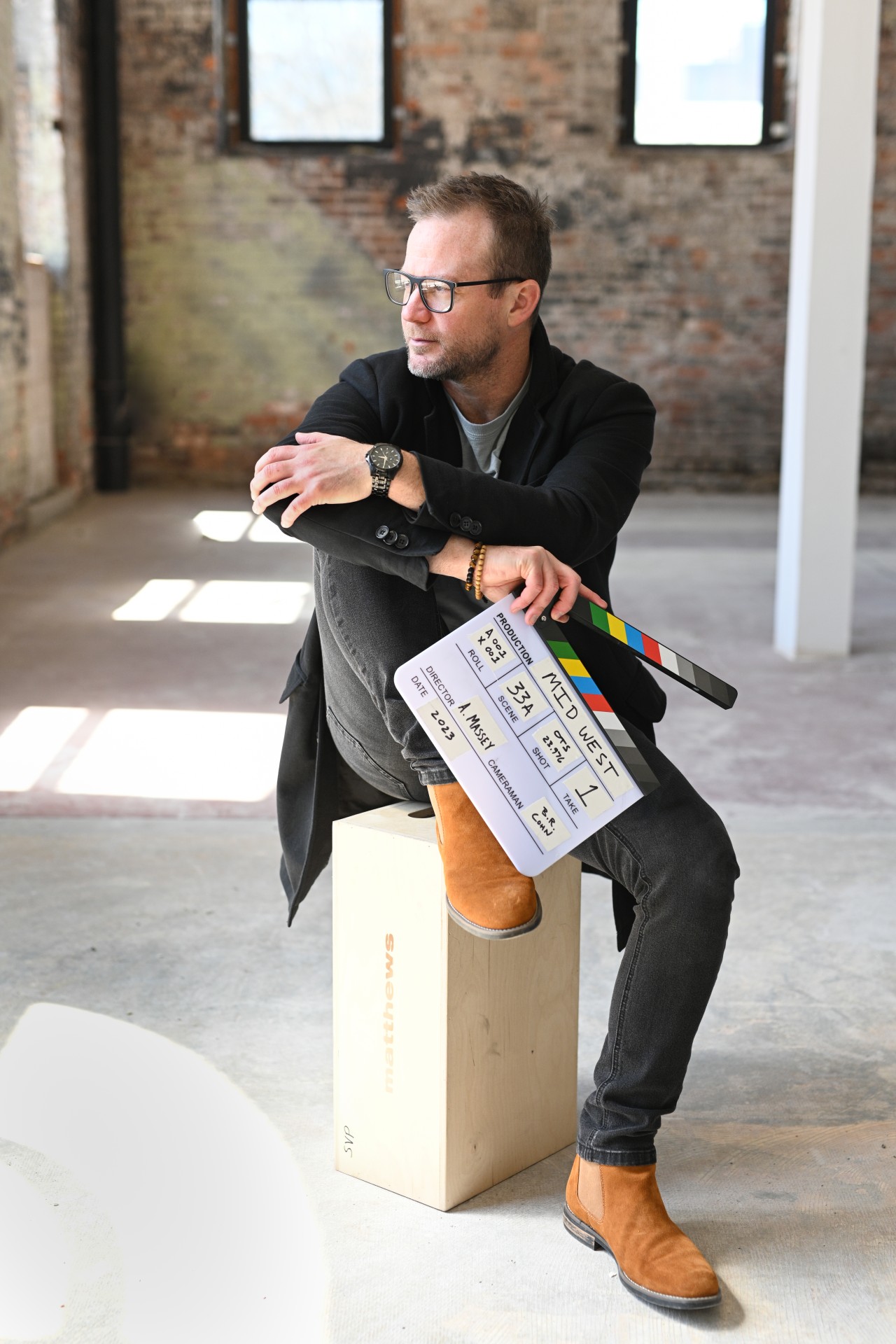
Columbus artist Aaron Massey grabbed a shovel, and he started digging.
Both within himself—acting as quite literally a one-man movie crew (including post-production) in the creation of his debut film, MID WEST, which is set to debut at Cinema Columbus Film Festival in late April—but also into the dirt at his feet, into the very idea of what Ohio means to him.
We sat down with Massey (who is a longtime (614) Magazine photographer) to discuss how he did it, why he did it, the classic 80s action flick Top Gun and a whole lot more.
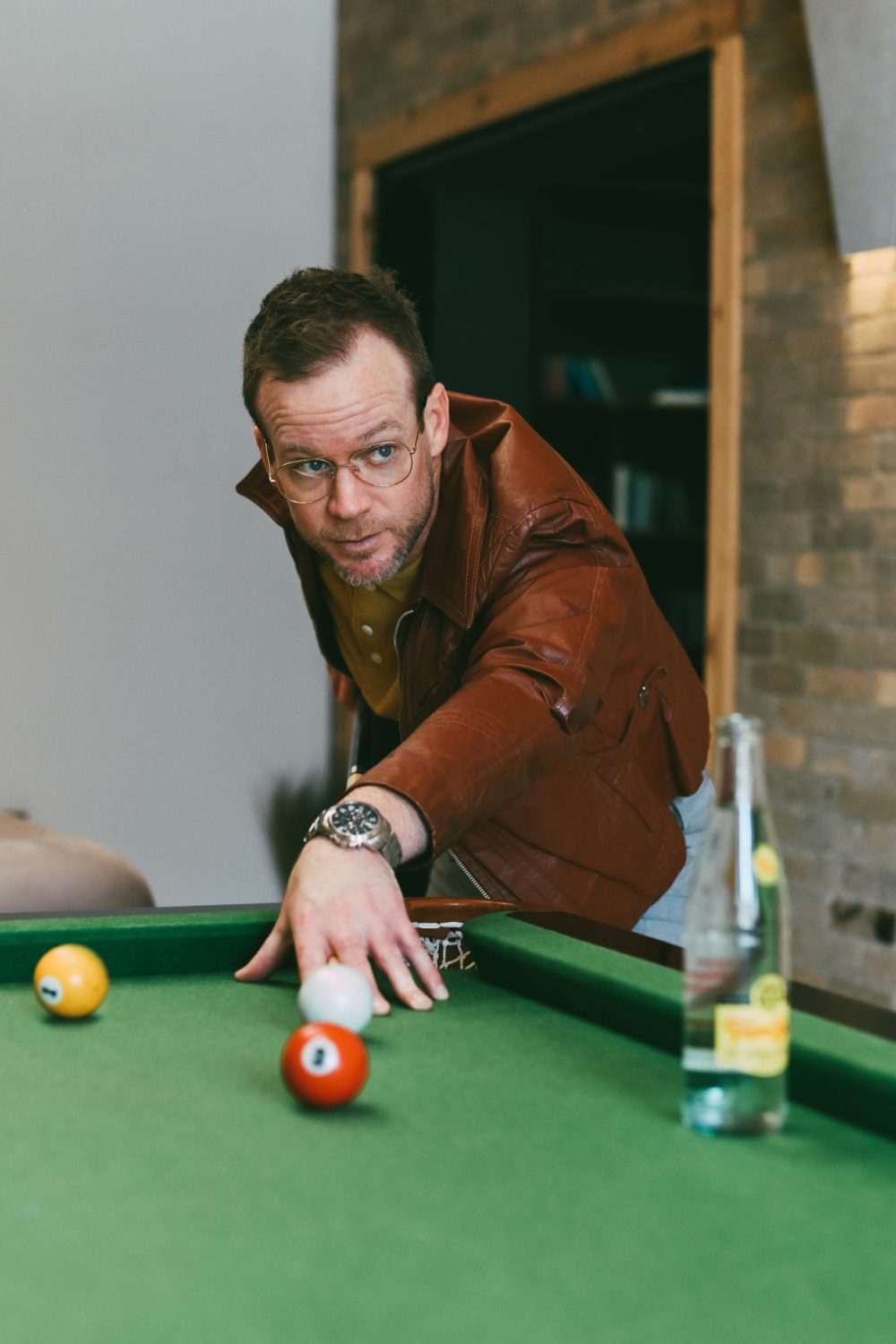
What was the genesis of your film MID WEST, and can you tell us a little bit about the subject matter, obviously without giving too much away?
In regards to the subject matter, the logline is: A man wakes up in a field with no knowledge or memory of who he is. He must set out on the greatest journey of his life, to literally find himself.
I’m not sure if I necessarily remember one single moment of clarity that washed over me when I had the idea for MID WEST. I think it was a gradual building of storytelling trial and error. When I was writing it several years ago I tried using a bit of a different method of script writing than I was used to doing. I wanted to experiment. It was new, and dangerous, somewhat out of the norms of how people say you should write a screenplay. I won’t bore you with details, but let’s just say I put this film’s story together piece by piece, like a lego structure. I had all the parts, got rid of many pieces that didn’t fit, and then constructed it in a way that it allowed me.
One thing that I will note, is that when I was writing the screenplay, I had a very good idea of how it would end. However, I was completely surprised by the way it actually ended. The characters, and story chose their own way. It sounds a little mystical, but sometimes writing can be that way. It occurred as I wrote the words on the page, diverging directly from what I had originally intended, and I knew it was definitely what needed to happen. It was a complete shock to me.
Did you always want to make movies?
There was one distinct moment in my childhood when I was probably either five or six years old. I remember seeing Top Gun, and my mind exploded. It was one of those core memories that get locked into you as a child. Everything changed for me from that point on. I didn’t even know how to explain how I felt, I just knew that I wanted to be a part of something like that. I obviously didn’t even know what that meant at that age. Those feelings carried on as an 80’s and 90’s kid, growing up with Back To The Future, Star Wars, the Indiana Jones franchise, The Goonies, and Jurassic Park. Now, those are all tentpole movies, and where I got the bug, but I definitely grew to love purely story driven, and character based dramas and thrillers like Good Will Hunting, Shawshank Redemption, Goodfellas, Stand By Me, Seven, Fargo, and Pulp Fiction. Paul Thomas Anderson’s Boogie Nights was a huge influence on me. I could keep going. My brother and I would ride our bicycles through the streets, and over to the movie theater which sat just outside our neighborhood. We would throw our bikes against the backside of the theater, and spend a couple hours escaping the summer heat in front of a giant movie theater screen eating popcorn in the air conditioning. It was magical.
A great origin story.
Exactly!
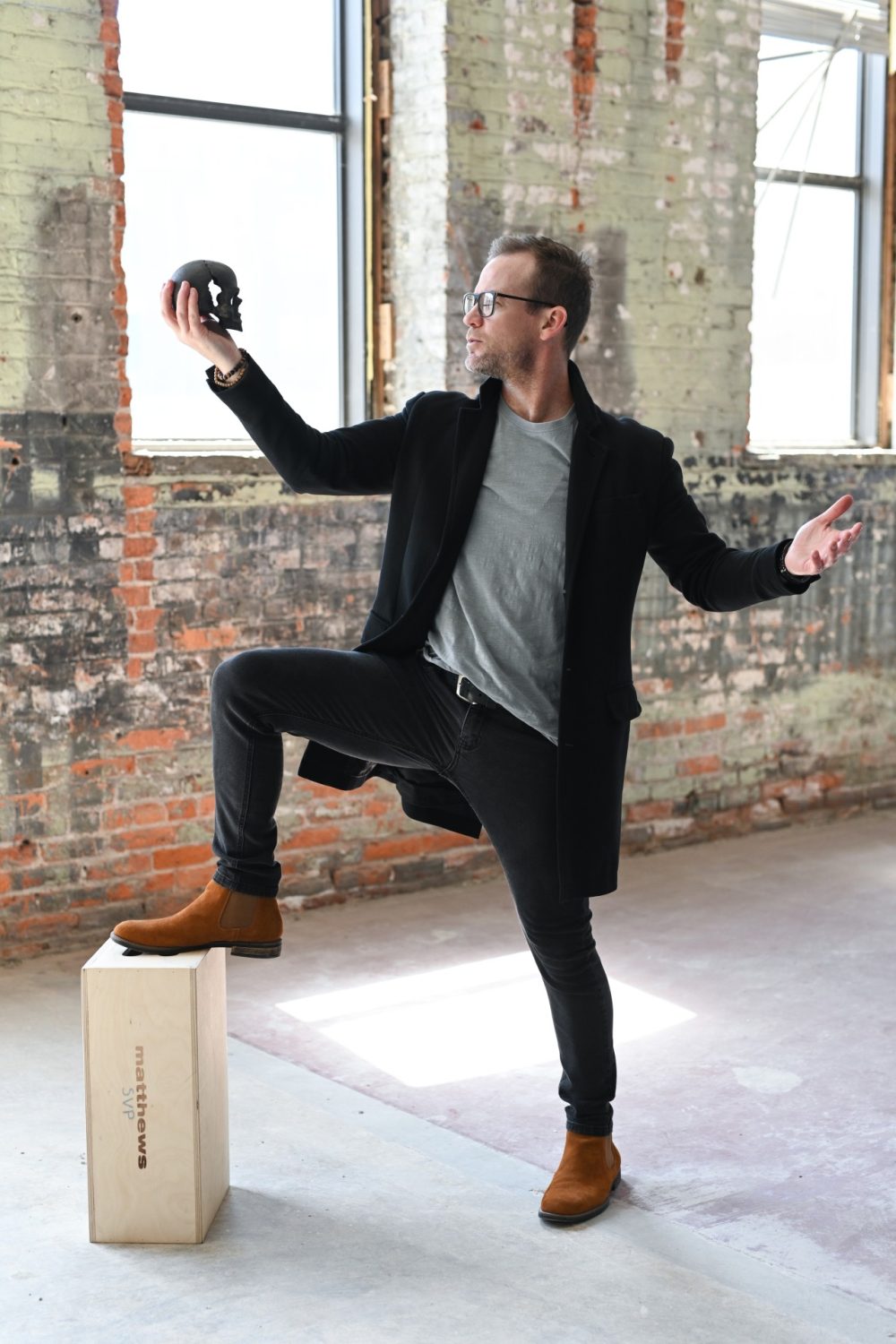
So then how did you actually get into filmmaking?
A very long story short, I moved to Los Angeles in 2003. “Go west, young man.” I studied acting my last two years in college, then continued that in L.A. for several years at The Larry Moss Studio. After auditioning for years, and not getting many of the roles in shows and movies that I wanted, or even simply getting the opportunities for parts that I felt I was right for, I decided to start writing for myself. Eventually, I met a great group of thespians and filmmakers who are still close friends of mine today. We started writing, and making small projects on video cameras that were part of the first affordable consumer grade HD cameras to hit the market in the early and mid 2000’s. We did everything from comedy shorts, to dark action
thrillers. It was a ton of fun, and a great hands on learning experience. That’s how I started to get my chops behind the camera. We would all change roles, sometimes as an actor, if you weren’t in the scene we were currently filming, then you would be holding the microphone boom pole. Learn by doing in essence. That’s when I decided to write an extremely dramatic role for myself as well as direct my first short film titled Liliana. I taught myself how to edit, getting some pointers from my roommate at the time, who is a filmmaker. Nowadays, Youtube is a fantastic source for learning practically anything you want to know. You can teach yourself if you devote the time.
Acting can be a tough way to make a living.
Without a doubt. It’s brutal. Only 1% of the 1% are consistently getting work. Those are folks whose names you know. Everyone else is out there scrapping for parts. It’s a cutthroat industry, and it doesn’t even matter sometimes on the talent level of the actor. Nowadays, parts can be won or lost based on how many Instagram followers you have. It’s kind of gross. But it’s a business, and that’s how Hollywood makes money. That side of things definitely started me on my way of just writing and making my own projects. I wasn’t going to wait for anyone else to say I was allowed to act, or make movies.
Are there any filmmakers that inspired you into independent cinema?
Absolutely. During that process of making our own projects I really dove into the inner workings of how independent cinema was done. I started watching John Cassavetes films, the ones he directed like Husbands, and A Woman Under The Influence, and also Jean-Luc Godard films from the French new wave cinema. Breathless was a huge inspiration for me the first time I saw that film. It was so free, it broke all of the Hollywood “rules.” I was opened up to a whole new way of making movies, and potentially making a career from that. You didn’t need to make the next Jurassic Park to be a filmmaker. You could make an inexpensive film, with great actors, a great story, and just the pure love of filmmaking. That could be a way to make art, and earn a living in this industry!
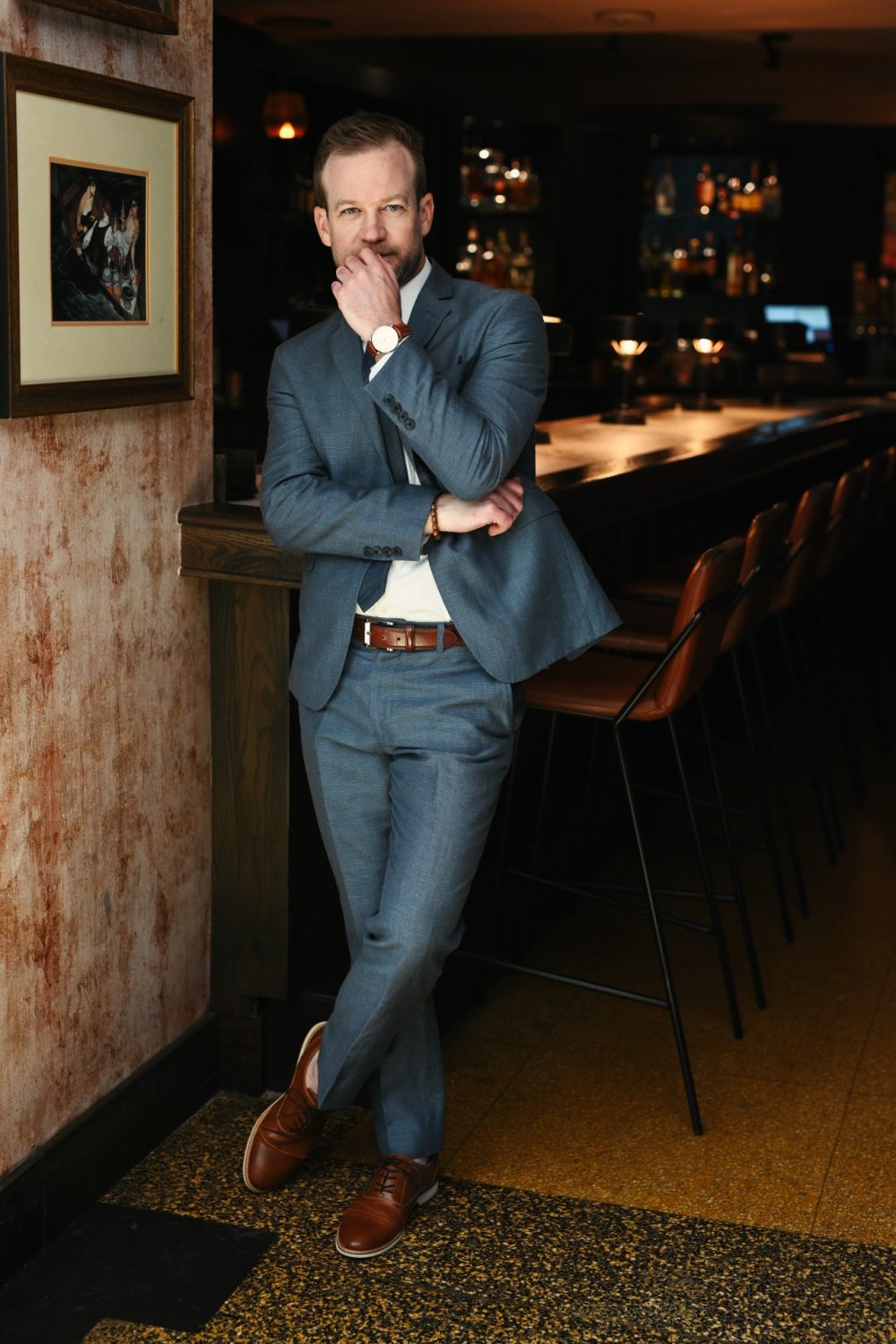
MID WEST will have its World Premiere at The Cinema Columbus Film Festival in late April. What does it mean to you to have your film premiering in what would be considered its home city?
That means everything to me. It is where it needed to happen. I am extremely grateful and honored that this film gets to live on a movie theater screen in Columbus, Ohio. After the festival I plan on having a public screening or two for those that could not make it to the festival. That will likely happen this summer at some point. I hope we can fill the seats for that.
What were your biggest challenges making an Indie film with essentially no budget? Is there anything you would have done differently?
I had made some short films, and a web series previously, but had always wanted to check a feature film off of the list of career goals. Anyone involved in this industry understands just how difficult it can be to make a feature film: the writing, financing, producing, scheduling, execution of the story and filming, plus all of the post production work, and let’s not forget about marketing and distribution. It is a massive task that can take years to accomplish.
MID WEST was just that next step for me. I had to do it. Like I mentioned before, I wasn’t going to wait for anyone to tell me I was allowed to make a movie, or give me the money to do it. I had written the script, I had a camera, cast my actors, and we went out and shot the thing. It sounds simple, and trust me it wasn’t, but we did it. It was just a matter of putting one foot in front of the other. Or as Anne Lamott would say “Bird by Bird.” The only thing I would have done differently was hire an additional editor. The post production took a lot out of me, since I was basically doing everything on that end. But since this was a self-funded film I just didn’t have the resources at the time to do that. I had to chip away at the post production of MID WEST whenever I was done with the work from clients that was actually paying the bills.
Rumors around this film suggest that you did not have any crew, it was just you and your actors making a movie. Is this true?
It’s true. It is definitely not the way I would want to make a movie in the future. It was just necessary. And it wasn’t an ego thing, like look at me, I can do all of these things. I just simply didn’t have the money to pay any crew. So I self taught many of the things that I would have to learn and nail down when we were on set, and also during post production. We used all natural light, with the exception of a couple night scenes, but even that was just using simple practical lights, and a cheap off camera light to create mood.
My actors really stepped up to the plate, working with my sparsed out scheduling. My lead actor, Rick Huddleson, was a trooper. He is in practically every scene of this film. I would ask him how his schedule looked this week, and we would find time to shoot a short scene on a Tuesday evening for a few hours. Then figure out the next time our schedules worked together. Let’s just say keeping continuity and wardrobe consistent was a huge task for me. I had to be diligent with where we were in the script.

Columbus, Ohio is where you filmed everything for this movie. How did you make the scenery, and location palette so expansive?
Well that timing I was just talking about, it actually ended up helping the palette, as you say, because we actually shot over all four seasons. It took me so long to make this film that the seasons started to blend into each other. There was a situation where I had an actor drop out of filming for very personal reasons, after we had already shot some of their scenes. I had to respect that. They are a human being first, not an actor first. We are playing make believe here. I couldn’t recast the part because we were already too far into filming. I decided to actually rewrite some of the storyline, and then using the timespan changes to add to the film. So we see Spring, Summer, Fall, and Winter in the movie. It actually ended up working for the time structure of the story, without having to do any technical Hollywood trickery in post production, like adding snow to a scene. It was actually snowing and 15 degrees outside!
We were able to film in some downtown areas, some rural areas outside the 270 loop, we were in the forest, and a few local businesses opened their doors for us, like Mac’s Proper Pub, Tommy’s Diner, Fox In The Snow, and The Market Italian Village. I’m extremely grateful to them. They are a huge part of why this film was able to be made. All of these locations truly showcase the diverse landscape that is central Ohio. I love our local businesses.
You wrote and directed this film, as well as acted in it. Without giving anything away, there is a surprising aspect to your character(s). Do you enjoy being on both sides of the camera?
I love being on both sides of the camera. Becoming an actor early in my career will always hold a place in my heart. I feel at home when I’m acting, whether it’s on stage, or in a film. I started working as an extra in my first years in Los Angeles, which then led to me being a stand-in on movies and television productions. For those that don’t know, a stand-in takes the place for the main actors while they are getting ready in their trailers, doing hair and makeup, wardrobe, etc.
We help block and light the scene with the camera crew which can take a very long time depending on the production or scene we are executing. It’s a humbling job, especially when you want the part of the actor who you are standing in for! But with the right attitude you can learn so much. I would show up to Universal, or the Warner Bros. lot, and I got to see how the sauce was made. I would watch how the cinematographer would work with the gaffer to light the space. I got to watch A-list actors, and some of the biggest directors, and how they worked together. It was such an amazing schooling. It was invaluable.
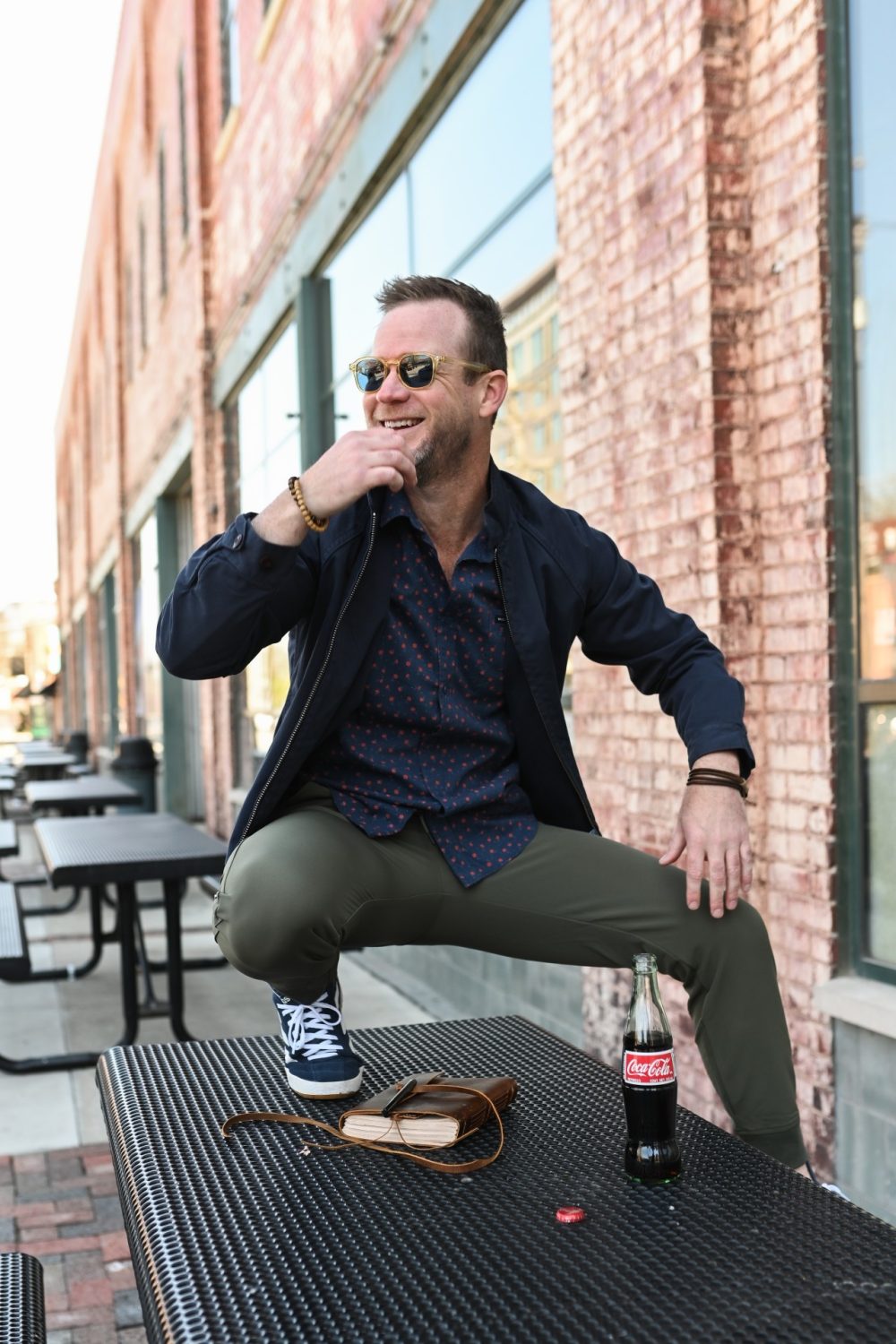
How did you direct yourself while you were filming with no crew?
Magic. And trial and error. During the scenes where I was acting, I had to set up the camera in position, test the sound from our microphones, and then just run the scenes. All of those scenes were with myself and Rick. I would watch playback from the camera to make sure I got what I needed, then check the audio sources to make sure everything was good on that end. It took some extra time, but it worked.
Do you think Ohio can be a production hub for future “Hollywood” television shows and movies?
Without a doubt I do. You can make movies anywhere in the world these days. The question is whether or not there is infrastructure to accommodate recurring productions in an area. That can take tax rebates from the state, and incentives from the local government. A couple small sound stages could do wonders here. We just need the investment into that arena. We want to create an environment where folks can work regularly on television productions and movies. It can be a great injection into local job growth, all year round. Not just using Ohio as a setting where Hollywood brings a production here to film for two weeks, then leaves. This starts to involve state legislature, and politics, and that is definitely not my thing to dive into. I know there are people working hard on getting Columbus to a place where that can happen. We have had a recent burst of talent showcase what filmmakers can do here in the last few years, making independent cinema in Columbus. It can be done, and scaled.
What advice would you give to anyone looking to make an indie film in the future?
Most people thinking about it already know the answer. Just go make it. Stop waiting for the money to roll in, it likely won’t. Stop waiting for the script that you keep re-writing to be “perfect”, it probably isn’t. Nothing is perfect. Stop waiting to save up your money so you can go buy that brand new super expensive camera that everyone is talking about. Go make something on your iPhone if that’s all you have. It honestly doesn’t matter. Not at this stage of your career. All that financing money, and professional crew, and expensive cameras will all come in the future, but you have to start showing off what you can do. And often times showing off what you can do with a “no-budget” film, is a fantastic way for someone with clout in the industry to say, ‘Wow, they did that with no money?! I wonder what they could do with a million dollar budget, or a five million dollar budget.’ That’s the place you want to get to. Be an artist, tell the story you want to tell. Work your ass off to make something great, remember that you are still entertaining people, but make it for you. Make the film you would want to watch with your friends. Most importantly, never, and I mean never, ever let someone tell you that you can’t do it. We need more artists. Keep making.
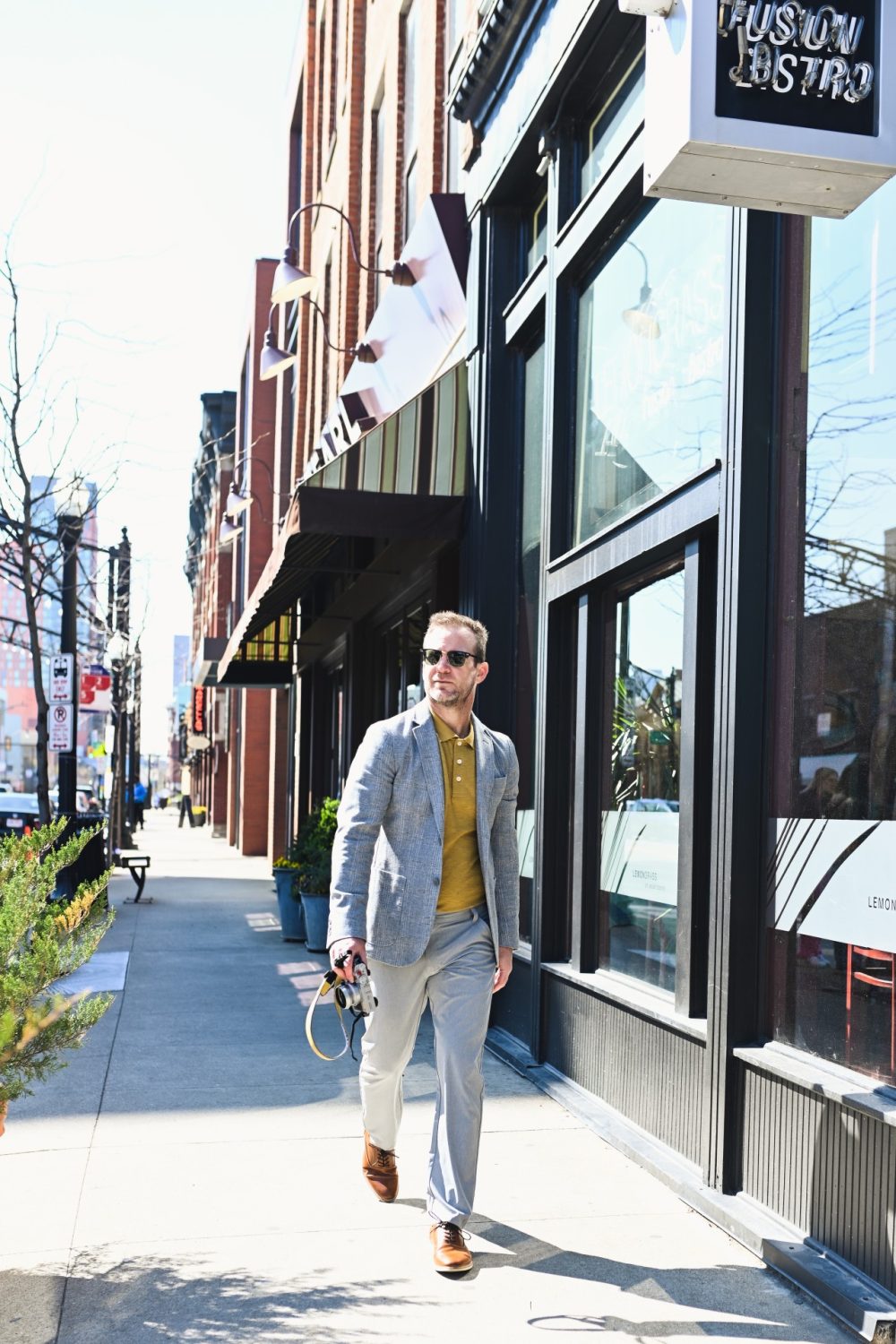
The Columbus Film Festival kicks off tomorrow night, with films running Thursday-Sunday. You can find the full schedule here. MID WEST debuts Friday at 1 p.m. You can find tickets here.
BROUGHT TO YOU BY



